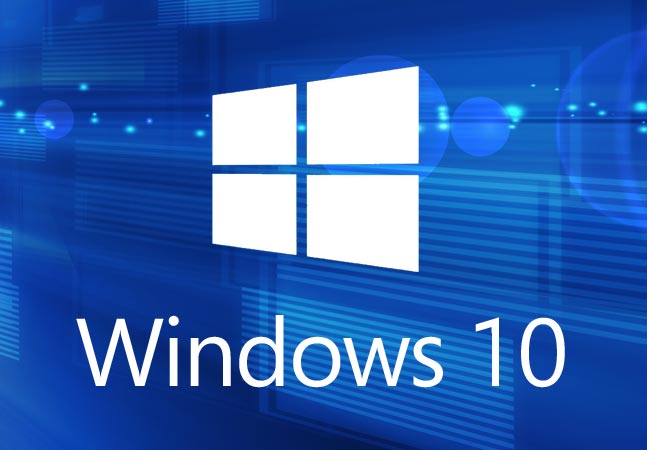News
75 Million Devices Have Installed Windows 10

Microsoft is boasting today that Windows 10 is now on 75 million devices.
Microsoft has hit the 75-million-device barrier, according to the company.
Windows 10 was released by Microsoft on July 29, so that number was achieved in about a month's time. The 75 million figure represents the number of activated devices, not new PCs in the OEM sales channel, according to a clarification reported by journalist Mary Jo Foley.
Microsoft's mission, as declared by Microsoft CEO Satya Nadella in April, is to get Windows 10 on 1 billion devices by its fiscal-year 2018. If Microsoft keeps up with its current pace of 75 million activations per month, then it will have reached its 1 billion figure by around August of calendar-year 2016 (which is Microsoft's Q1 2017 fiscal year), easily meeting the company's goal.
Microsoft has been rolling out the new OS gradually to those Windows 7 and Windows 8.1 users that are taking advantage of the free upgrade offer to Windows 10. The offer is just good within one year's time from Windows 10's launch, so it's serving as a spur toward Microsoft's 1 billion goal, at least among eligible consumer users.
New Windows 10 PC sales represent a different picture. IDC is predicting lower overall new PC shipments this year by 8.7 percent. At Windows 10's launch on July 29, many retail PC outlets either sold new Windows 10 machines directly or offered to upgrade in-stock Windows 8.1 machines to the new operating system.
The July 29 Windows 10 release was largely a consumer release. Windows 10 also will have a fall release where more enterprise capabilities are expected to light up on hardware. It's possible that this fall release will also bolster Windows 10's numbers.
The Windows 10 Mobile edition is expected to appear in the fall. Mobile has been the prime growth territory for operating systems. Microsoft's market share of less than 3 percent with Windows Phone has badly trailed Android and iOS in the mobile OS segment so far. It's unclear if Microsoft's Universal Windows strategy, with Windows 10 capable of running on PCs, tablets and phones, will change that dynamic.
The summer and fall release cycle for Windows 10, roughly corresponding to consumer and business releases, appears to be Microsoft's model for future Windows 10 releases. For instance, a rumored Windows 10 "Redstone" release happening next year is expected to follow that same pattern.
Microsoft has already indicated that some Windows 10 enterprise capabilities, such as Enterprise Data Protection and Windows Store for Organizations, are "coming later." Chances are good that its fall Windows 10 release will add such support, although Microsoft hasn't been specific. Some enterprise features of Windows 10 are dependent on new hardware, so the timing may be dependent on the plans of Microsoft's OEM partners.
One Windows 10 feature that's already supported is Windows Hello, which is Microsoft's biometric security feature that dispenses with passwords. Windows Hello requires that machines have Intel RealSense F200 cameras for facial recognition. Intel provides a list of available machines with that capability at this page.
About the Author
Kurt Mackie is senior news producer for 1105 Media's Converge360 group.